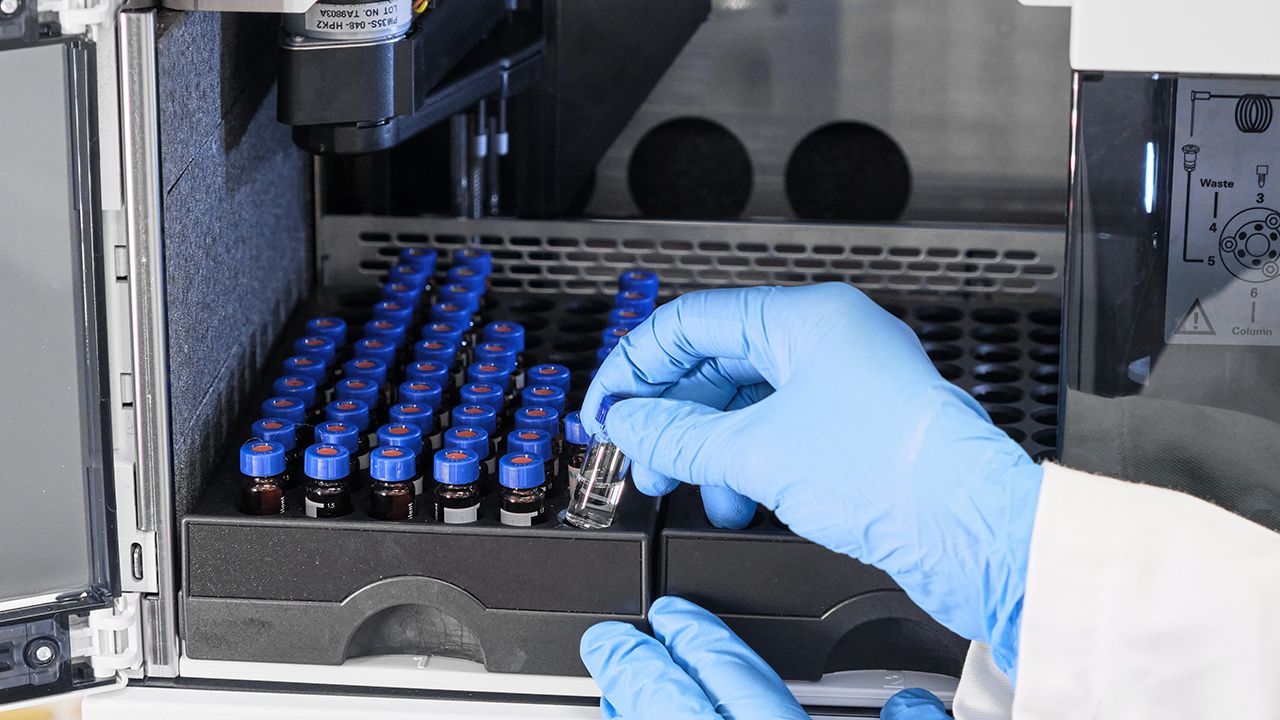The Value of Pharmacopeial Reference Standards
This article provides an overview of the key risks that can be associated with the use of secondary reference standards (RS) and illustrates scientific challenges associated with transitioning from pharmacopeial RS to secondary RS.
vladim_ka - Stock.adobe.com

Peer-Reviewed
Submitted: Aug. 25, 2020. Accepted: Sept. 8, 2020
Abstract
The US Pharmacopeia and other major pharmacopoeias have established that only the combination of documentary standards and pharmacopeial reference standards (RS) is conclusive and determines compliance to their official quality requirements. Therefore, the use of non-pharmacopeial RS with pharmacopeial methods is inconclusive, and the user takes responsibility at their own risk. Secondary RS are often used for qualitative and quantitative purposes. This article provides an overview of the key risks that can be associated with the use of secondary RS based on the measurement uncertainties that are intrinsically connected to the approach, and information that might help mitigate these risks to some extent. Case study examples are included to illustrate scientific challenges associated when transitioning from pharmacopeial RS to secondary RS. The guard band principle is discussed as an evocative way to visualize risk.
Click here for a PDF of this article.About the Authors
Christian Zeine, PhD,* christian.zeine@USP.org, is the senior scientific affairs manager, USP Switzerland-Science; Doug Podolsky is the technical writer; Jane Weitzel, B.Sc. (Hons), is a consultant; Ravi Reddy, PhD, is the senior director, Reference Standards Development; and Steven L. Walfish, MBA, MS, is the principal science and standards liaison for Science-General Chapters; all are at USP except Ms. Weitzel, who is an independent consultant.
* To whom all correspondence should be addressed.
Article Details
Pharmaceutical Technology
Vol. 45, No. 2
February 2021
Pages: 36-42
Citation
When referring to this article, please cite it as C. Zeine, et al., “The Value of Pharmacopeial Reference Standards,” Pharmaceutical Technology 45 (2) 2021.
